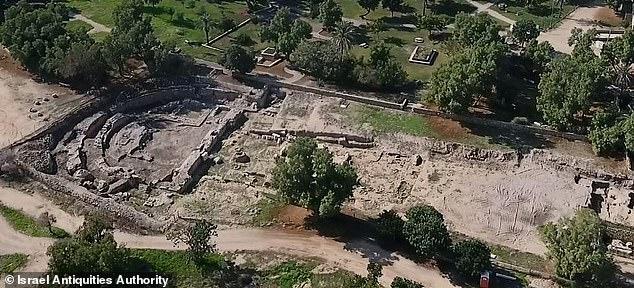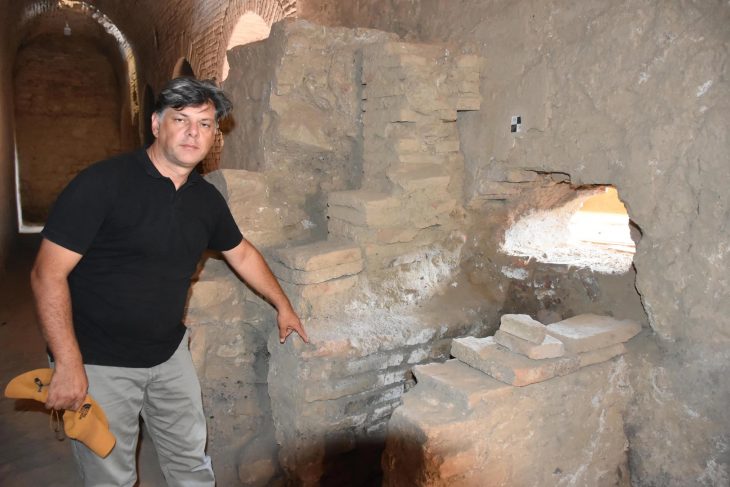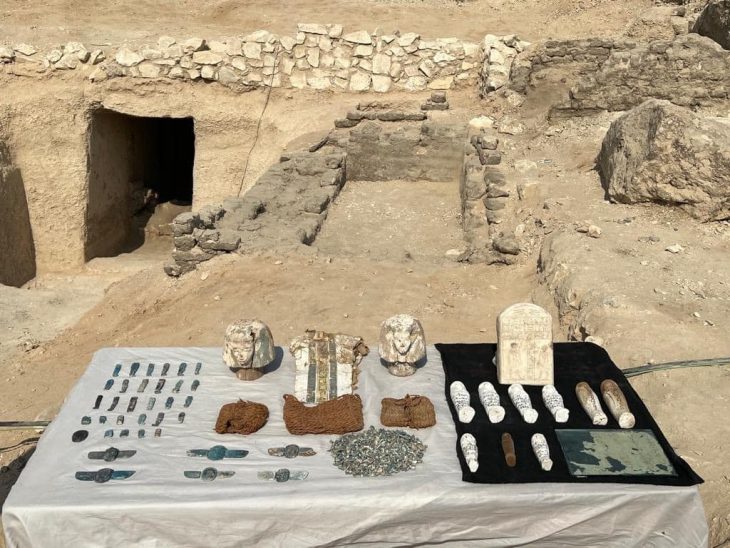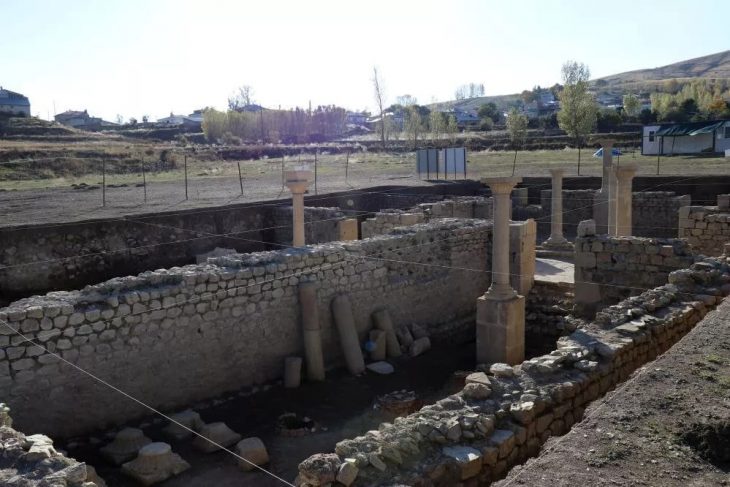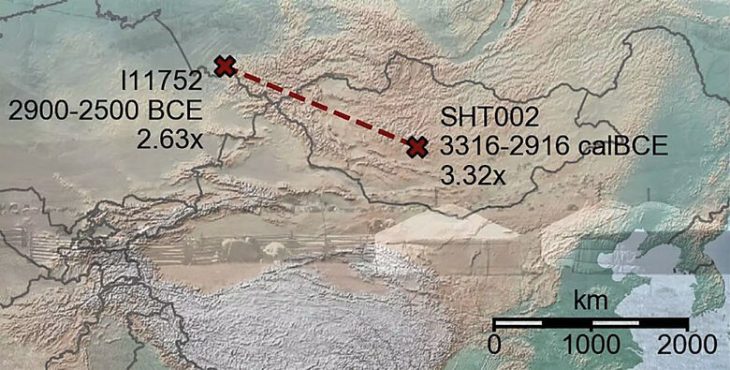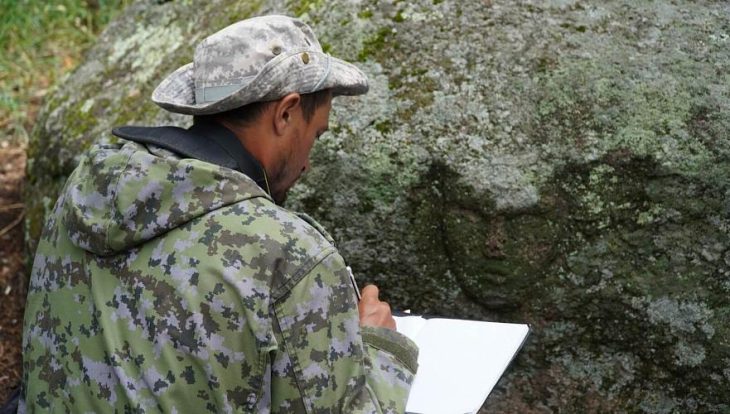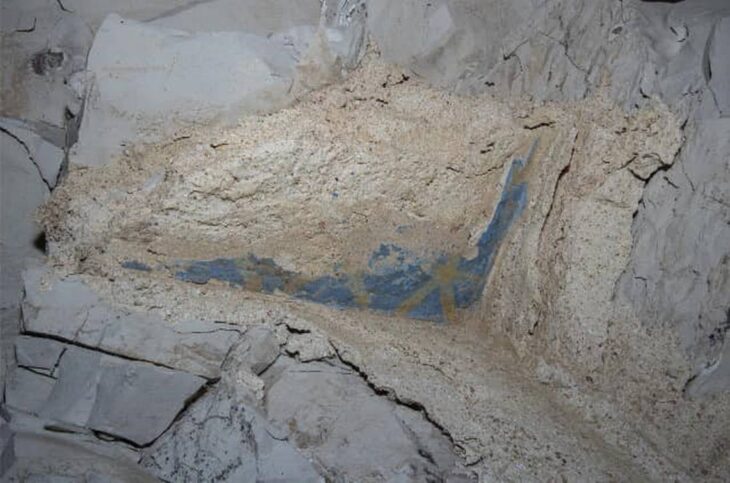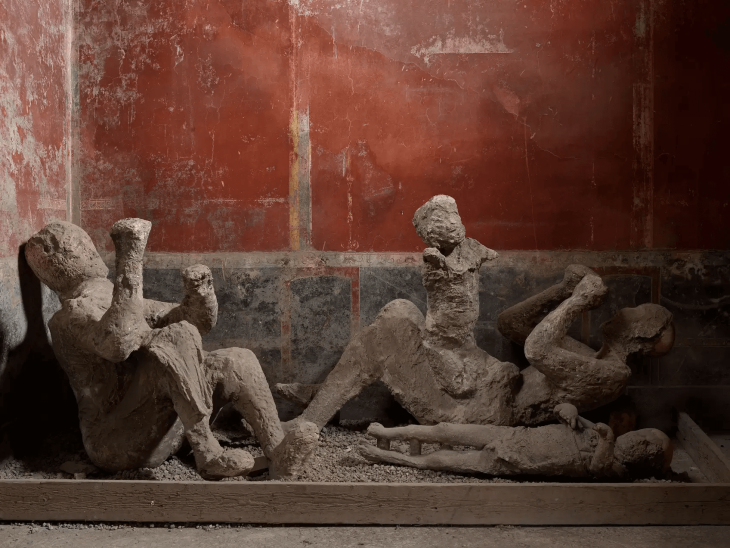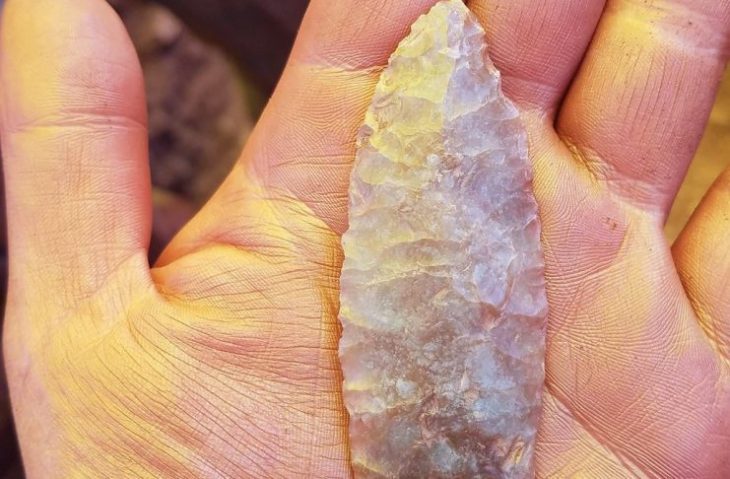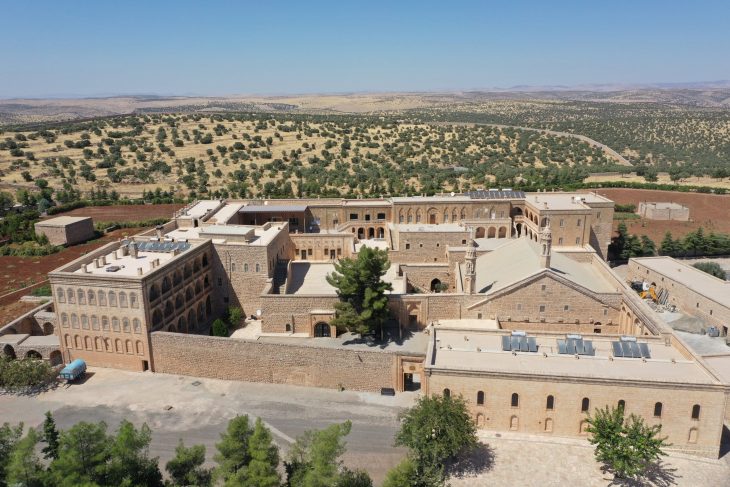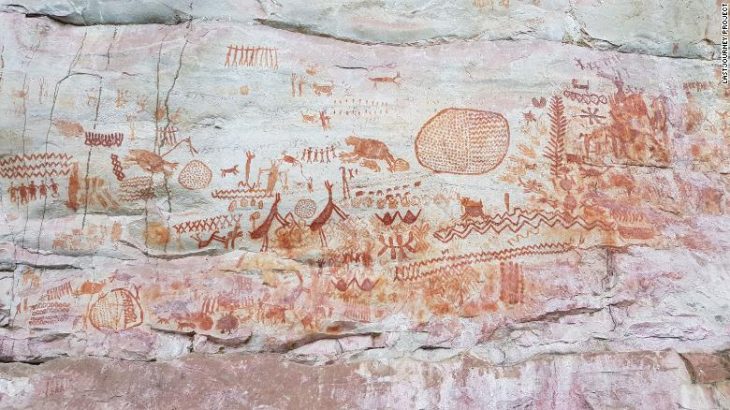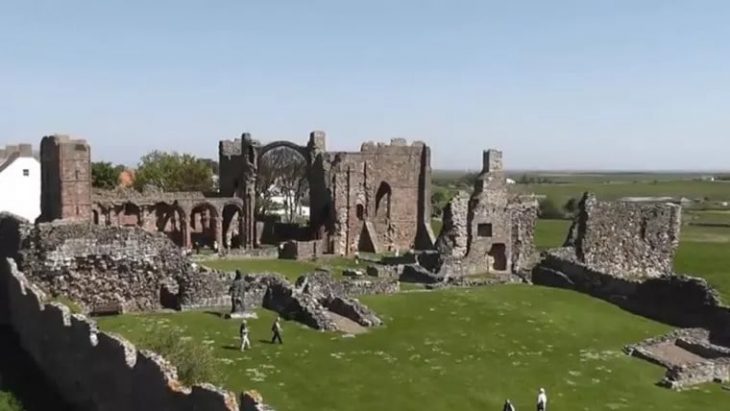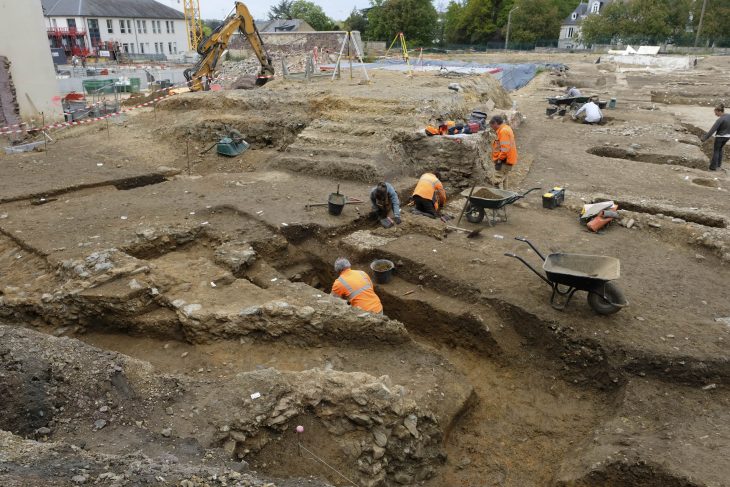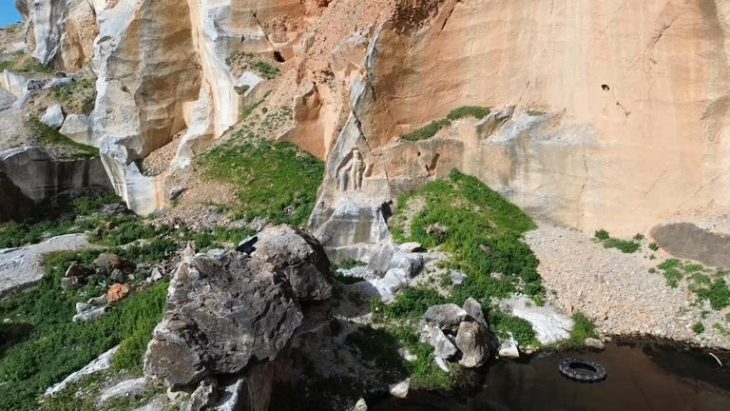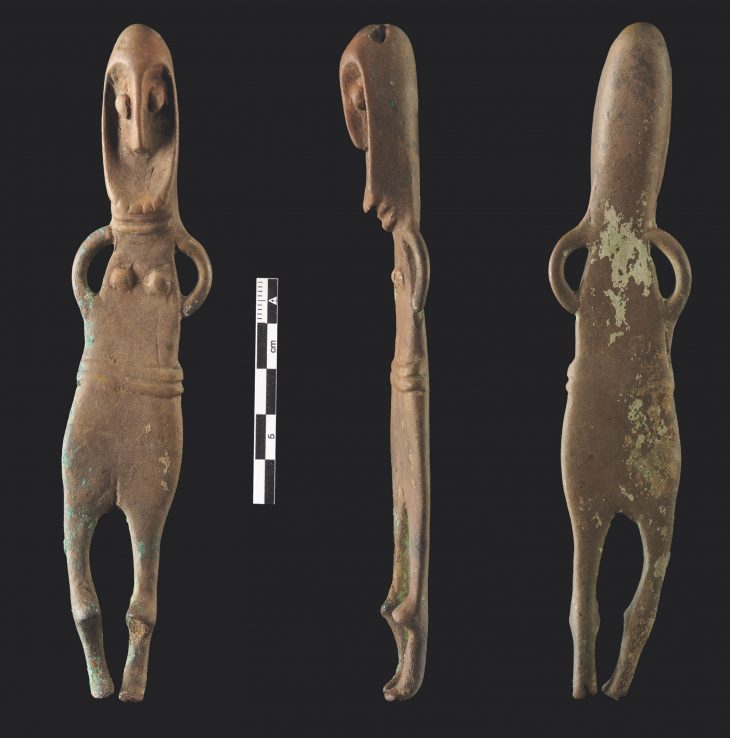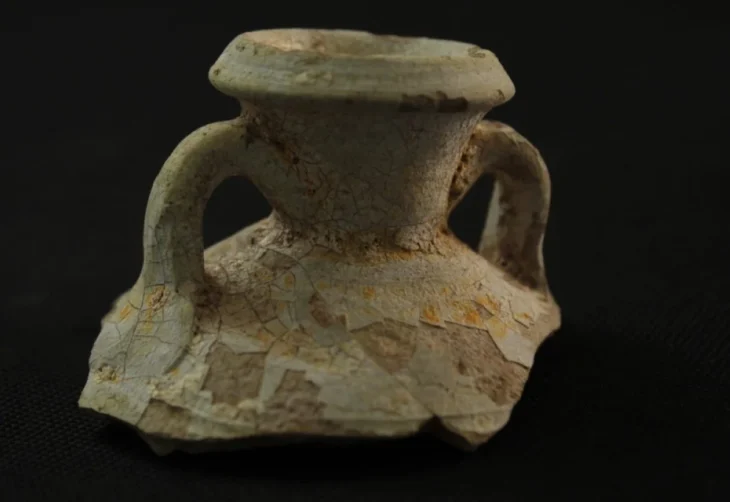Archaeologists in Israel are trying to rebuild a 2,000-year-old Roman-era basilica that is thought to be the country’s biggest.
A basilica was a large public edifice in Ancient Rome where citizens socialized, conducted business, and held religious events. Experts say the ancient building at Ashkelon, a city on southern Israel’s Mediterranean coast, dates to the decades before Christ’s birth when the territory that would become Israel was under Rome’s dominion.
Devastated by earthquake and the passage of millennia, it’s now being rebuilt and will welcome visitors again in the coming months.
Ashkelon, which was founded some 8,000 years ago during the Neolithic period, grew to prominence as the main seaport in Canaan during the Middle Bronze Age, between 2000 and 1550 BC. It was conquered by the Philistines in 1150 BC and regularly fought with the Israelites until it was destroyed by the Babylonians in the 7th century BC. The city was eventually rebuilt and, after the conquest of Alexander the Great in the 4th century BC, Ashkelon became an important seaport once more.
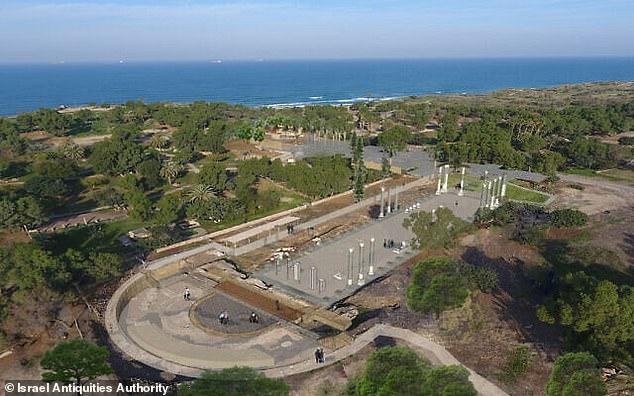
The archaeologists believe the basilica they uncovered was constructed during the reign of King Herod the Great, a Roman vassal king of Judea who took power in 30 BC.
Judea was under Roman control from the first century BC to the fourth century AD.
‘Herodian coins discovered in the bedding of the structure’s ancient floors show that it was built at the time of one of the greatest builders ever to have lived in the country,’ IAA excavation directors Rachel Bar-Natan, Saar Ganor and Fredrico Kobrin said.
A discredited theory posited Ashkelon was Herod’s birthplace, though he is known to have erected bathhouses, fountains, colonnades and other buildings in the city.
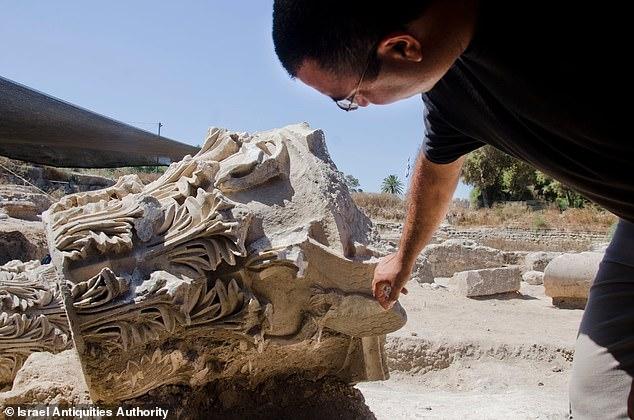
During the Roman period, when Ashkelon was a bustling port, public life revolved around the basilica, according to a spokesperson with the Israel Antiquities Association. The huge building would have been covered with a roof and divided into three parts – a central hall and two side halls, the group of IAA excavation directors added.
‘The hall was surrounded with rows of marble columns and capitals, which rose to an estimated height of [42 feet] and supported the building’s roof.’
Marble, which is also used for the floor and roof, was imported from Anatolia.
The basilica was significantly refurbished in the second and third century AD, under the Roman Severan Dynasty, when marble architectural features were introduced and a tiny odeon, or theater, was built.
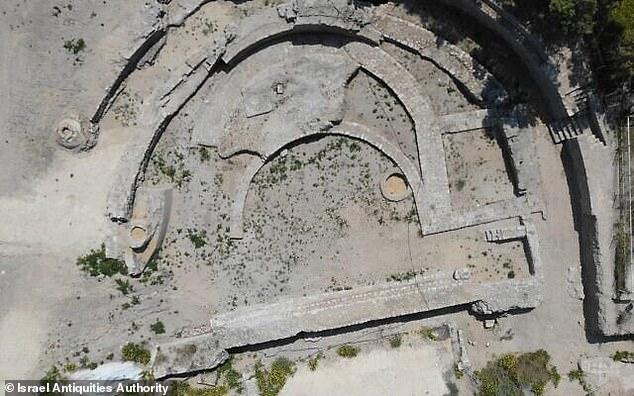
When a massive earthquake hit the region in 363 AD, though, the basilica was destroyed and abandoned.
According to the researchers, ‘the effects of the seismic waves are clearly visible on the building’s floor.’
During Muslim control of the area, some of the ruins were incorporated into other buildings.
‘There is evidence from the Ottoman period that marble items were cut up for use as paving stones and some of the beautiful architectural features were taken for building construction,’ said an IAA spokesperson in a statement.
Excavation began in the 1920s when British archaeologists discovered a massive statue of Nike, the Roman goddess of victory, standing atop Atlas holding the globe. They also discovered a statue of Isis as Tyche, the daughter of Aphrodite and a goddess of fortune. Under the direction of renowned archaeologist John Garstang, though, the British covered up the ruins again, as was common practice to preserve them further, according to Haaretz.
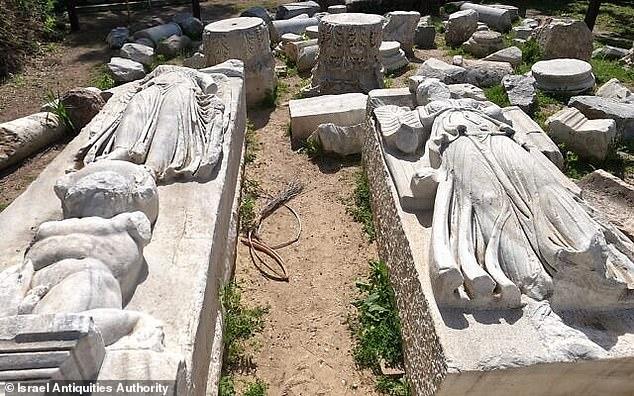
Until recently, in two excavations in 2008-2012 and 2016-2018, the full size of the structure was discovered. A total of about 200 marble products weighing hundreds of tons were unearthed, including dozens of stigmas with plant patterns or the image of an eagle, the symbol of the Roman Empire. Now, archaeologists are trying to repair some of the buildings destroyed by the earthquake and place the sculptures and pillars in their real locations.
They estimated that the building was about 330 feet long, 130 feet wide, and the colonnade was 42 feet high. A pillar weighing tens of tons was hoisted into the cathedral, and the floor of the structure is being repaired and filled. Statues of gods and goddesses were placed at the southern end, while the opera house was preserved and refurbished, equipped with modern seats and a stage.
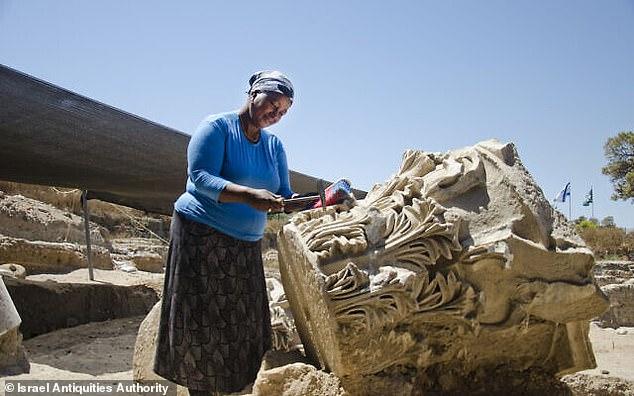
When the project is completed, visitors will be able to walk through the basilica, the largest in Israel.
A collaboration between the Israel Antiquities Authority, the Israel Nature and Parks Authority, the city of Ashkelon and the Leon Levy Foundation, the renovations will also add over a mile of accessible paths tracing Ashkelon’s history that are ‘designed to showcase and provide better access to the park’s unique nature, heritage and landscape,’ according to a statement.
Ashkelon mayor Tomer Glam said the project ‘will contribute significantly to the park’s natural beauty and strengthen its status as the most beautiful and well-kept national park in Israel.’
The IAA did not reveal when it expects the project to be completed, though it said visitors will be able to sit on the seating in the odeon ‘in the coming months’ and watch work being done on the nearby basilica.

